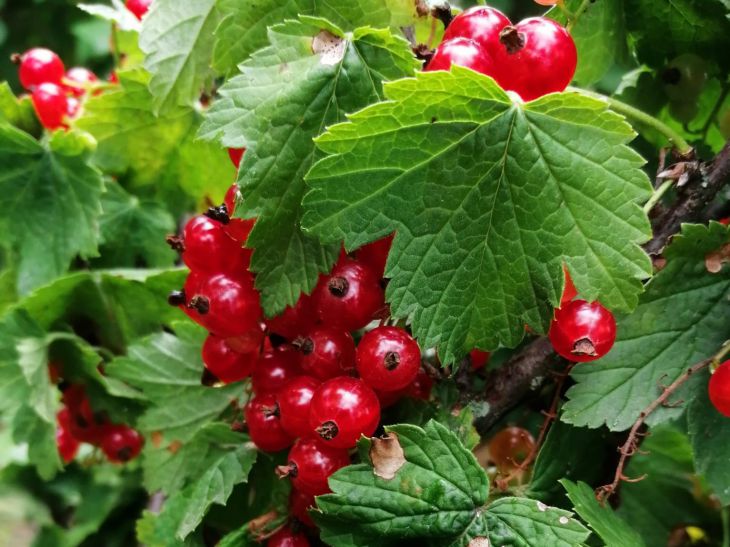Gardeners, including beginners, often encounter non-standard recommendations that have been passed down from mouth to mouth over many years.
One such recommendation is to bury rusty nails at the roots of currants to improve their fruiting.
Anastasia Kovrizhnykh, an expert of the online publication "BelNovosti" - a scientist agronomist and landscape designer, told how to act in such a situation.
Despite the apparent strangeness and lack of logic in this method, surprisingly, but true: many gardeners still trust its effectiveness.
The question arises about the origin of this myth and whether rusty nails can actually have a positive effect on the growth of currants.

Origins of the myth
Most likely, the roots of this myth lie in folk wisdom, which is often based on observations and practical experience, but does not always have a scientific explanation.
In the past, when there were no readily available mineral fertilizers, gardeners used whatever was at hand, including rusty objects.
Some gardeners probably noticed that after burying rusty nails, the currant yield did increase slightly. But this does not mean that the rusty nails were the reason for the improved yield.
A scientific look at the myth
From a scientific point of view, burying rusty nails under currant bushes makes no sense.
• Rust is an iron oxide that forms when iron reacts with oxygen and water. Rust is not a plant nutrient.
• Iron is an important micronutrient for plants, but they get it from the soil. Rusty nails cannot provide plants with the necessary amount of iron, since rust is poorly soluble in water and is not available to the roots.
• The metal can be toxic to plants in high concentrations.
• Harmful microorganisms can multiply on rusty nails, which increases the risk of plant diseases.
What Really Affects Currant Yields
The yield of currants is influenced by many factors:
• Soil quality. Fertile soil with a good drainage system provides currants with the necessary nutrients and moisture.
• Lighting. Currants prefer sunny places.
• Watering. Regular watering is especially important during dry periods.
• Pruning. Proper pruning stimulates new growth and increases yield.
• Fertilizing. Fertilizing helps to replenish the lack of nutrients in the soil.
• Prevention of pests and diseases. Timely treatment of plants from pests and diseases helps to maintain their health and ensures high yields.
Alternatives to the myth
Instead of burying rusty nails, it is better to use truly effective methods to improve the currant yield.
• Proper soil preparation. Digging the soil, adding organic fertilizers (compost, humus), conducting soil tests to determine the need for mineral fertilizers.
• Mulching. Mulching the soil helps retain moisture, suppresses weed growth and improves soil structure.
• Proper pruning. Removing old and diseased branches stimulates the growth of new shoots and increases yield.
• Protection from pests and diseases. Timely treatment from pests and diseases helps to maintain the health of plants and productivity.
The belief that rusty nails help increase currant yields is based on myth. Scientific evidence does not support this theory.
To improve the yield of currants, you should use proven agricultural techniques that help provide plants with the necessary conditions for growth and fruiting.
Earlier we talked about what you can put in the hole when planting tomatoes .









